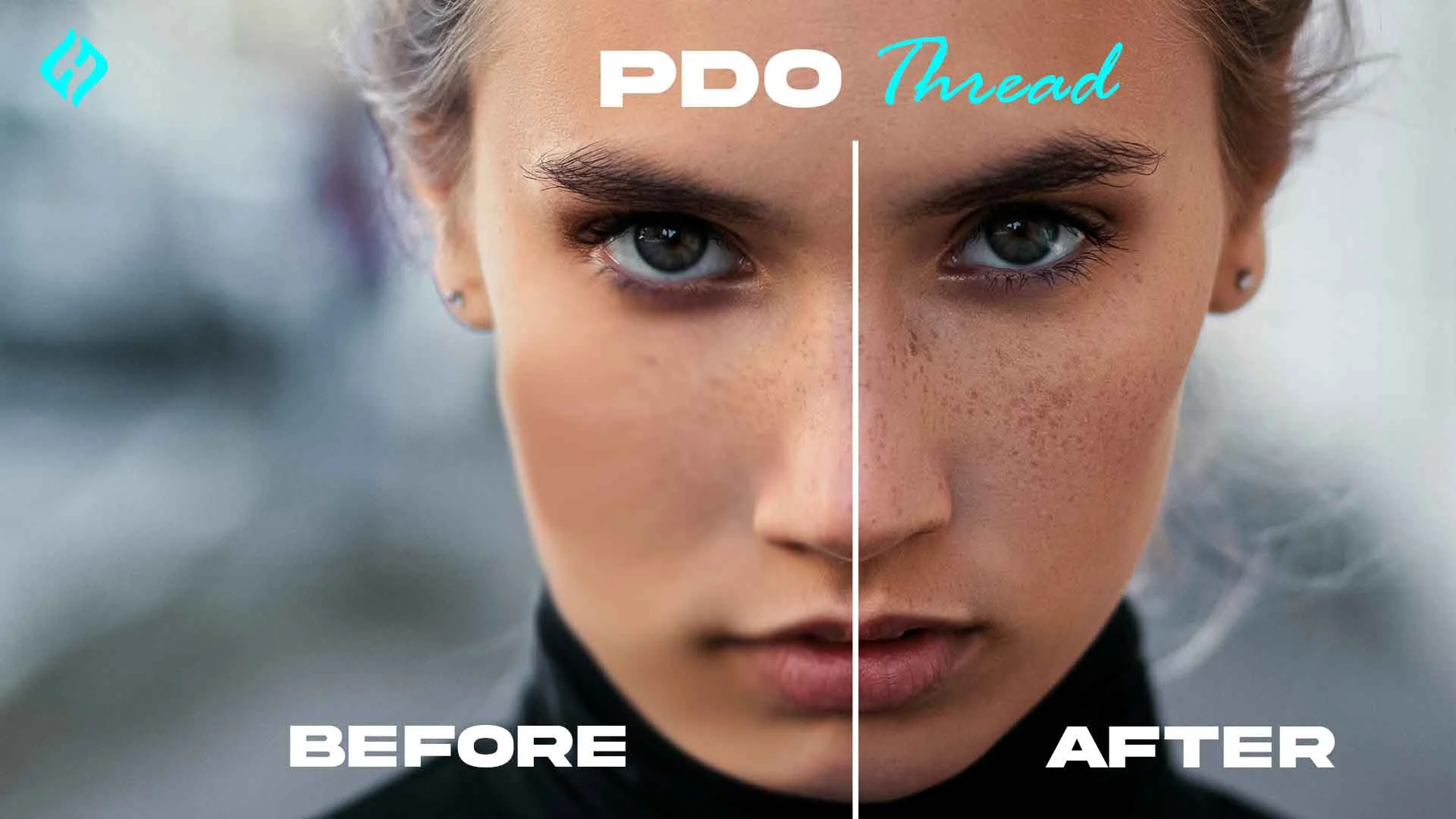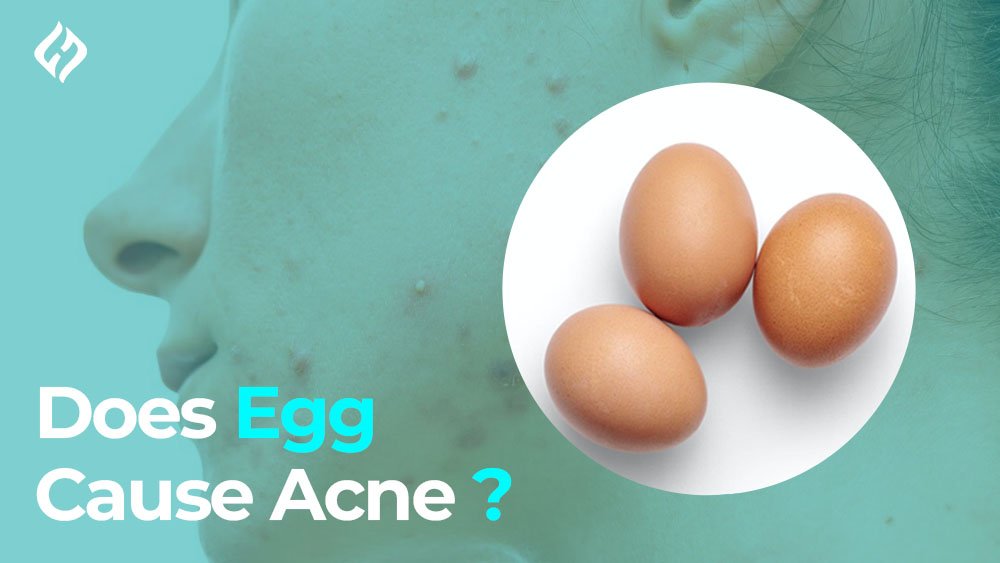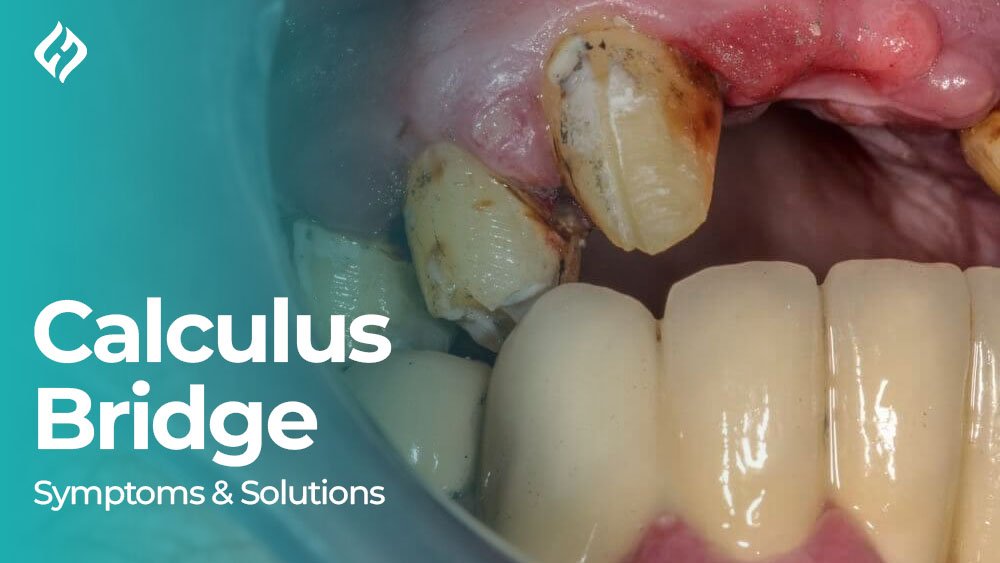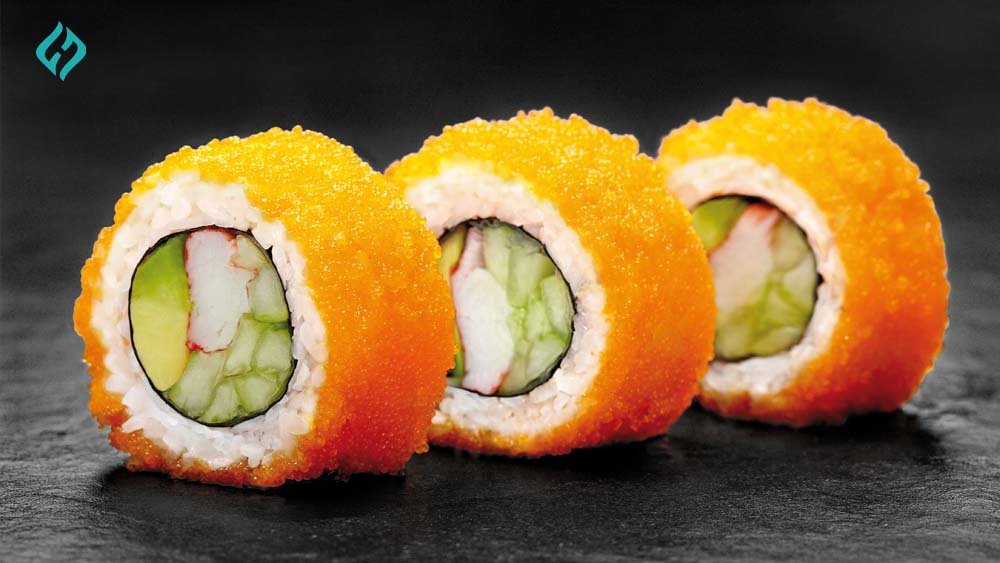Have you ever thought about which thing you add to your sushi rolls that give your dishes a different color? The secret ingredient is the Tobiko. This is the flavorful flying fish used to make waves in the culinary world.
Key Things You Should Know About Tobiko
Tobiko is the Japanese term for flying fish roe. It is a very youthful ingredient that brings both color and flavor to any dish.
You are in the right place if you are a sushi enthusiast,a culinary adventurer, or curious about new things. This guide will explore everything about Tobiko, helping you learn about its characteristics and creative ways of enjoying it.
What is Tobiko?
Tobiko is a roe-flying fish known worldwide because of its color, delicate crunch, and tasty oceanic flavor. Its egg size is between 0.5 and 0.8mm, which is much larger than that of other famous fish, such as masago.
Although orange by nature, it can smoothly infuse different flavors, making it a unique and exciting ingredient for modern cuisine.
Tobiko is derived from two Japanese words: Tobi, which means “to fly,” and Ko, which means “child.” That’s why Tobiko refers to the flying fish that lay these eggs.
It is commonly a curd with salt, which gives it a briny and smoky taste. But remember that the possibilities for seasoning and coloring are unlimited.
Nutritional Value of Tobiko
In spite of being elegant, Tobiko is a nutritional powerhouse. It is a superb source of protein, omega-3 fatty acids, and selenium, which are good for the heart, skin, and overall health.
It is important to note that Tobiko is high in cholesterol. A Tobiko gives you a satisfying crunch that does not break your calorie budget. You can enjoy it as a balanced part of a nutritious and healthy diet.
Types of Tobiko
Tobiko comes in different colors and flavors, offering various tastes. The most common types are;
- Orange Tobiko is the very best type of Tobiko. It has a delicate, smoky, salty flavor and a crunchy texture or appearance.
- Wasabi Tobiko: Charge with the heat of wasabi; this type adds a spicy or tasty kick to your sushi.
- Yuzu Tobiko: Filled with a citrus flavor of yuzu, this type offers a fresh joy that balances the taste of salt in the roe.
- Black Tobiko: It is colored with squid ink. Black Tobiko has a high umami flavor and a bold visual contrast.
- Red Tobiko: This type has a spicy kick or a slight sweetness and is infused with chili.
- Golden Tobiko: This type of Tobiko is free from artificial coloring. It is golden in color and offers a fresh, natural flavor.
These beautiful, colorful varieties make Tobiko a perfect garnish for every dish, from sushi rolls to salads, and it is also used in pasta dishes.
How to Use Tobiko in Your Dishes
Tobiko is important behind sushi rolls. It is used in several dishes to make their appearance attractive and elevate their flavors and textures.
- Sushi and Sashimi: Tobiko is most commonly used to top sushi. It is often used in gunkan maki, a type of sushi wrapped in seaweed. Tobiko adds different colors and a tasty crunch to every bite of the dish.
- Omelets & Scrambled Eggs: Add one tablespoon of Tobiko to your morning omelet. It will definitely give your omelet a delightful salty crunch and tasty flavor.
- Salads: Sprinkle Tobiko on your every salad for an unexpectedly delicious taste. This crunchy texture will give your dish a leafy and creamy dressing.
- Pasta Dishes: Tobiko is a delightful combination with seafood pasta. Its addition gives your dish a simple and delicate taste.
- Appetizers: Tobiko works very well in forming toast for a refined, crunchy appetizer.
Tobiko vs. Caviar: A Taste of Luxury
Tobiko and caviar are also known as fish eggs, but they differ in taste and texture. Here is a very quick comparison of both.
- Texture: Tobiko offers a crispy, crunchy texture that ruptures in your mouth. On the other hand, caviar is smooth and doesn’t harsh your mouth from the inside; it melts in your mouth smoothly with every bite.
- Flavor: Tobiko has a salty and delightful taste. Depending on the variety, caviar has a more complex flavor and is presented as luxurious.
- Price: Tobiko is more affordable than caviar. Because it is cheaper, caviar is reserved for special occasions. Tobiko offers the same texture as caviar but is not as expensive.
Both are delightful additions to every dish, but Tobiko is more affordable because of its lower price tag. This makes it a more affordable option for home chefs who cook food at home.
Innovative Ways to Use Tobiko
In addition to other activities, you can do something different with Tobiko in your kitchen:
- Used as a Topping for Avocado Toast: To make your breakfast more delicious, top the avocado with one full spoon of Tobiko.
- In Soups: Add Tobiko to soups for extra flavor and to improve their taste and texture.It cannot dissolve, making it a great addition to soupy dishes.
- In Rice Dishes: Tobiko works as a surprising flavor in rice bowls. Try it in a butt bowl, where it adds an extra layer to the raw fish and vegetables.
How Tobiko Compares to Other Fish Roe
There are several kinds of fish roe in cuisines, and Tobiko is sometimes confused between the Masago, a Capelin roe, and the Ikura, a salmon roe.
- Masago: Masago is smaller and less crunchy, and it lacks the flavor of Tobiko. It is usually dyed to enhance its appearance.
- Ikura: Ikura is larger than Tobiko.It is known for its large size, fine beads, and sweetness. It is used to garnish dishes, but it is mostly used in sushi to enhance its appearance.
So, Masago is used as a cheaper alternative to Tobiko. Its price rate is not so high. Masago does not have the flavor of Tobiko that it gives to your dishes to make them more tasty.
The Health Benefits of Tobiko
While Tobiko is known for its delicious taste, it also offers a variety of healthy benefits. It is full of omega-3 fatty acids, which are beneficial for heart health, and protein, which adds thick nutrition to your diet.
Some antioxidants in Tobiko also support skin health. It is great for those who are looking for nutritional intake.
Where to Find Premium Tobiko
For those who want the best Tobiko, the seafood markets and an online salesperson like Kavairie are the best places to find high-Tobikoy for premium waste from artificial coloring or preservatives. Online salespersons like Kavairi always offer high-quality Tobiko, which must prove that it is the best addition to your dish.
Conclusion
Tobiko has many uses other than garnishing dishes. It is the best addition for giving any dish elegance, flavor, and crunch. You can enjoy it with many things, like sushi, peeled eggs, or as a topping for your favorite dish. Tobiko brings a unique texture to your cooking. You must experience the colors of Tobiko, which are the best match for your dish.
This simple ingredient transforms your everyday simplest dishes into delightful and delicious dishes. So why not try something new and delicious today? Take a jar full of Tobiko and try to make your culinary taste more delicious.
Well, now, I have a question for you;
Tell me, “What is your favorite tobiko color and why? Let us know in the comment section.”
Call to Action:
“Are you ready to add this life-changing Tobiko to your meal?” Check your tobiko selection and change your culinary game today.
Also Checkout: Masago: Uses, Benefits & Masago Sushi Guide
















